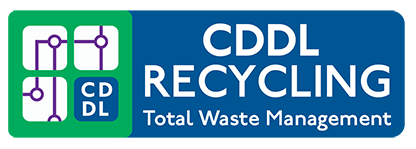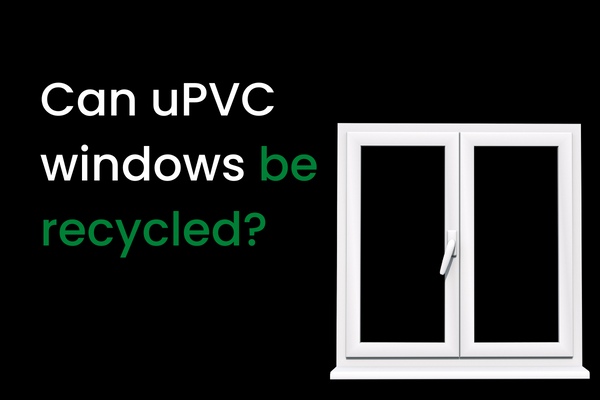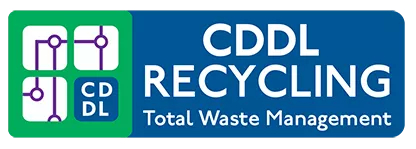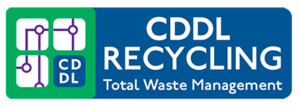3 Consequences of Improper uPVC Waste Disposal
Are you aware of the consequences of improper UPVC waste disposal? If not, you might be surprised to learn just how damaging it can be for both the environment and human health. From contaminating the soil and water supply to releasing harmful greenhouse gases, the improper disposal of UPVC can have far-reaching and long-lasting effects.
In this blog, we’ll take a closer look at the consequences of improper UPVC disposal, as well as the actions we can take to prevent them. Afterall, we should all be doing our best to protect the environment.
Here are three shocking consequences of improper upvc waste disposal:
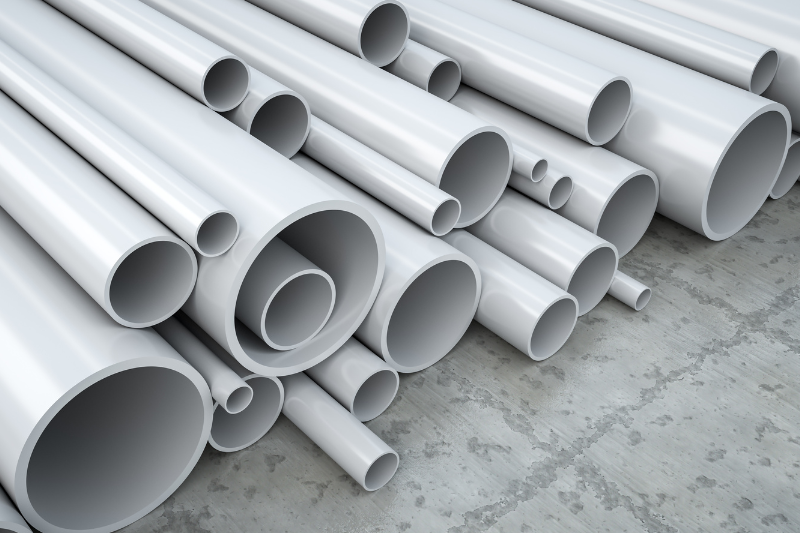
Improper uPVC Waste disposal can lead to Landfil Pollution
When uPVC is disposed of in a landfill, it cannot decompose naturally. This means that it will remain in the landfill for hundreds of years, taking up valuable space that could be used for other biodegradable waste. Furthermore, uPVC can also release harmful chemicals into the soil and water supply as it decomposes. These chemicals, such as chlorine and phthalates, can have a detrimental impact on the environment and on human health.
One way that uPVC can contaminate the soil and water supply is through leaching. Leaching occurs when water comes into contact with uPVC and dissolves some of the chemicals it contains. This water can then seep into the ground, contaminating the soil and potentially reaching main water supplies.
Additionally, uPVC can harm the environment through the release of greenhouse gases. As uPVC decomposes in the landfill, it can release methane, a potent greenhouse gas that contributes to climate change. Methane is more than 25 times more effective at trapping heat in the atmosphere than carbon dioxide! Making it a significant contributor to global warming.
By properly disposing of uPVC, we can help prevent these negative consequences and protect the environment. Recycling uPVC is one way to ensure that it is disposed of safely and responsibly. Taking small actions like this can significantly improve the quality of our environment, and should be taken seriously.

Improper uPVC Waste can lead to Air Pollution
As mentioned before, improper disposal of uPVC waste can lead not only to environemental disaster, but it can also affect your health.
During the production of uPVC, a variety of toxic chemicals are released into the air. Chemicals such as Chlorine can irritate the respiratory system and cause coughing and wheezing. Phthalates, on the other hand, have been linked to reproductive and developmental problems, as well as an increased risk of cancer.
But the dangers of uPVC don’t stop there. If uPVC is burned, it can release even more toxic fumes into the air. These fumes can contain a variety of harmful substances, including carbon monoxide, hydrochloric acid, and dioxins. Inhaling these fumes can lead to serious health problems, such as respiratory and neurological disorders, as well as an increased risk of cancer.
It’s clear that the production and disposal of uPVC can have serious consequences for both the environment and human health. By properly disposing of uPVC and reducing our reliance on it, we can help protect ourselves and the planet.
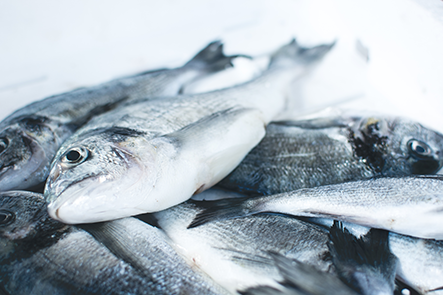
Improper uPVC waste disposal can lead to habitat destruction
When uPVC ends up in the oceans, it can break down into smaller pieces that are mistaken for food by marine life. Fish, birds, and other animals may ingest these plastic particles, which can lead to fatalities. In fact, it’s estimated that over a million seabirds and 100,000 marine mammals die every year from ingesting plastic.
But the impacts of plastic pollution go beyond just the animals that directly ingest it. Plastic particles can also absorb toxins from the surrounding water, which can then be transferred up the food chain as the plastic is ingested by larger and larger animals. This means that the health effects of plastic pollution can ripple through entire ecosystems, with far-reaching and potentially devastating results. By ingesting the fish that are infected with these particles and toxins, we are causin furher harm to ourselves at the consequences of our own actions.
It’s clear that the improper disposal of uPVC can have serious impacts on the environment and the animals that call it home. By properly disposing of uPVC and reducing our reliance on plastic, we can help protect marine habitats and the animals that depend on them.

Why use CDDL for uPVC Waste Disposal?
CDDL Recycling is committed to sustainability and responsible waste management. By using CDDL, businesses can be assured that their uPVC waste will be disposed of safely and responsibly, helping to protect the environment and reduce their own carbon footprint.
In addition, CDDL offers convenient and efficient pickup and delivery services, making it easy for businesses to dispose of their uPVC waste. And with competitive pricing and a commitment to customer satisfaction, CDDL is a top choice for uPVC waste disposal. So if your business is looking for a reliable and responsible solution for UPVC waste disposal, contact CDDL today.
